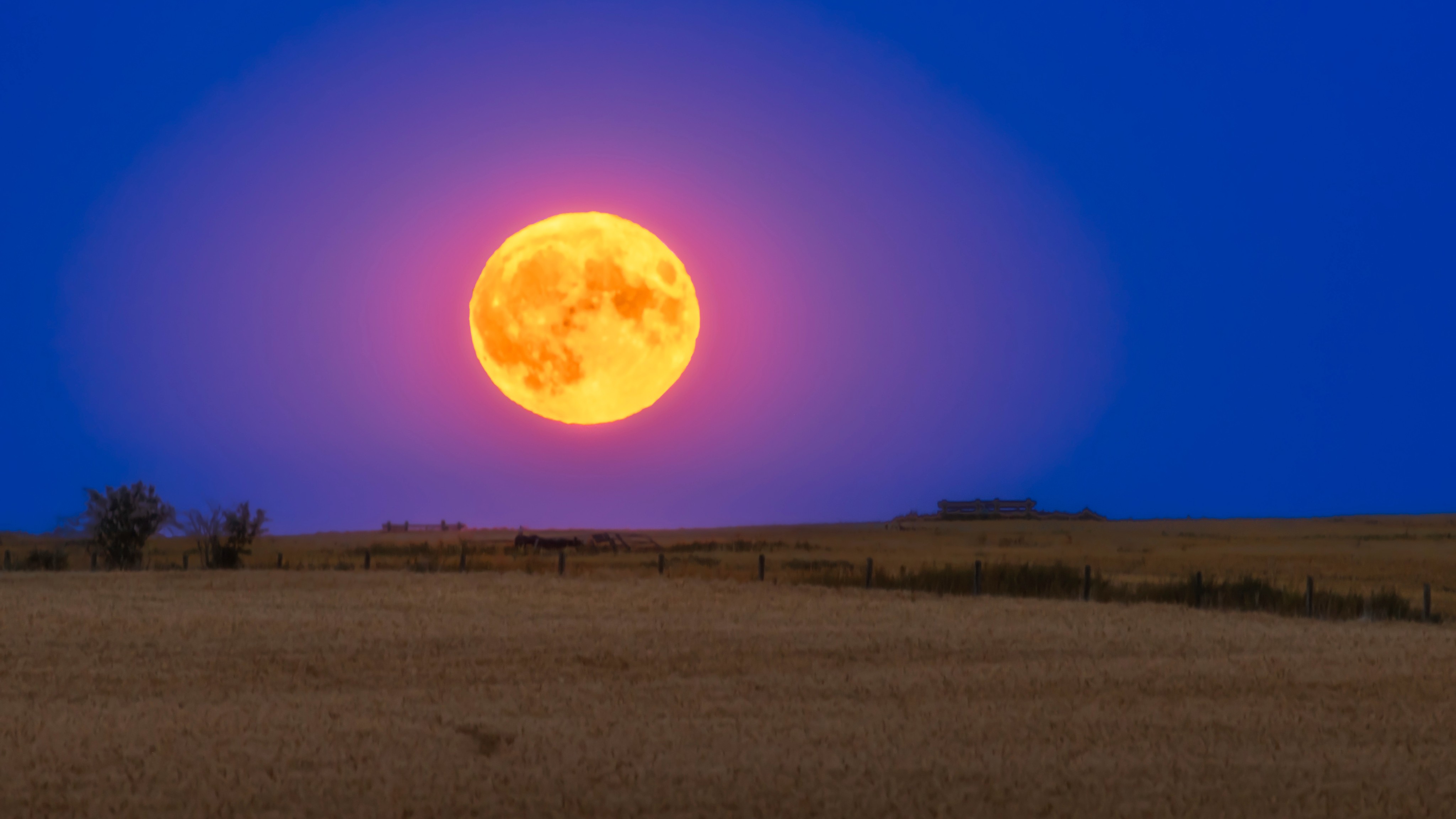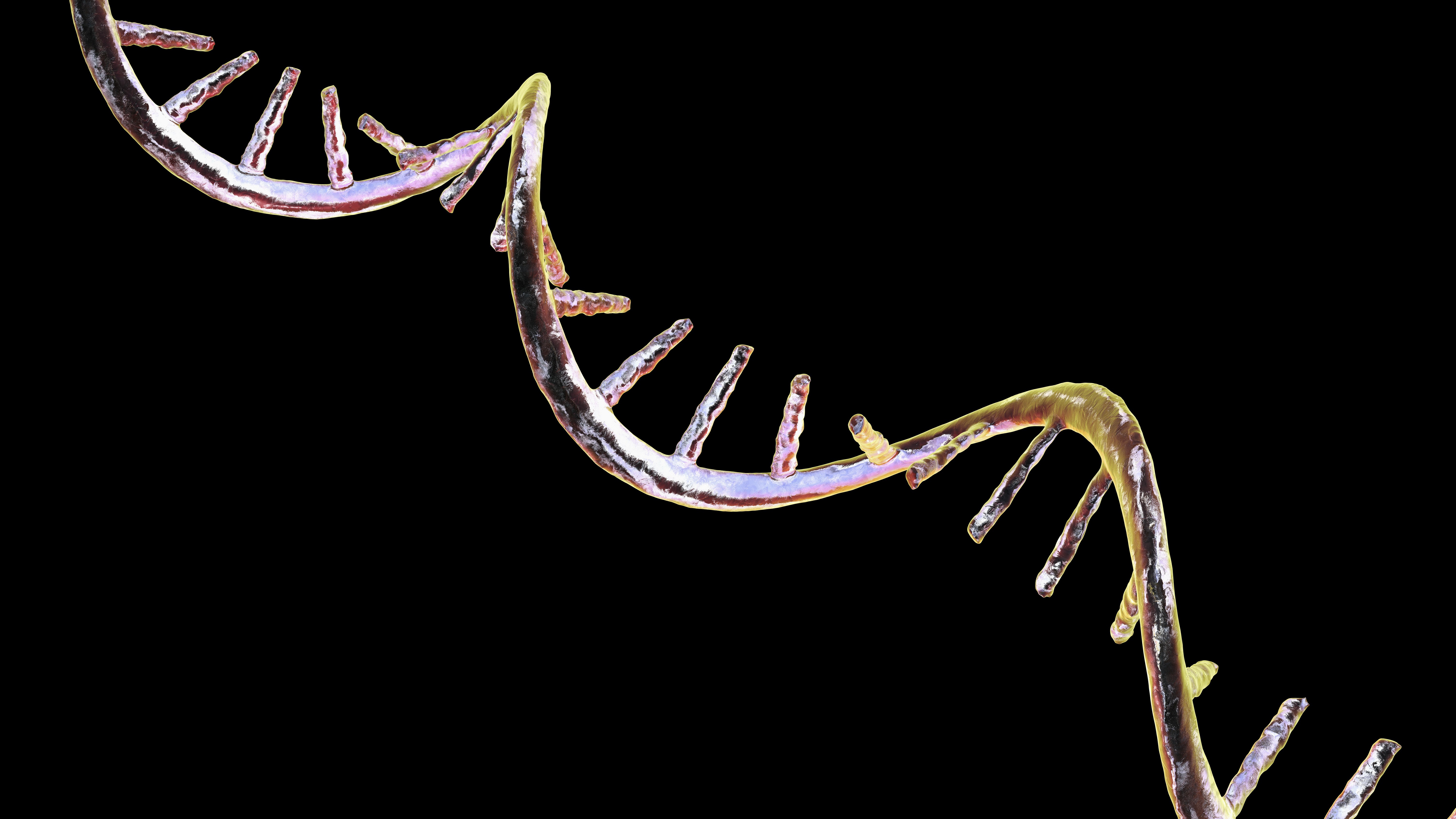Buck Moon 2025: How to spot the year's farthest full moon from the sun
July's full "Buck Moon" will be at its fullest on Thursday, July 10, and will be best seen at moonrise. It is the farthest full moon from the sun all year and one of the lowest in the sky.

The first full moon of astronomical summer in the Northern Hemisphere is about to rise. Known as the Buck Moon, it will turn full Thursday, July 10 and will be one of the lowest-hanging full moons of the year.
Although the moon officially reaches its full phase at 4:38 p.m. EDT on June 10, that moment occurs while the moon is still below the horizon for viewers in North America. The best time to see the full Buck Moon will be at moonrise, at dusk, on Thursday evening, when the moon will appear on the eastern horizon as an orange orb. Use a moon calculator to determine the exact time you should look for the moon from your location.
The Buck Moon will be in Sagittarius, one of the most famous summer constellations in the Northern Hemisphere. However, this zodiacal constellation lacks bright stars, so don't expect to see any close to the full moon.
July's full moon is one of the lowest of the year, second only to June 11's Strawberry Moon, because it occurs relatively early in the month. By definition, a full moon is opposite the sun in the sky, so it mirrors its position. When the sun is highest in the sky — as it was at the summer solstice on June 20 — the moon is at its lowest. The Buck Moon will, therefore, mirror the sun's low winter arc, rising during dusk in the southeastern sky, drifting across the southern sky without getting too far above the southern horizon, and then setting in the southwest at dawn. (This phenomenon works both ways, with the full moon closest to the December solstice being the highest of the year.)
Related: How to photograph the moon: Tips on camera gear, settings and composition
The Buck Moon's proximity to the horizon throughout the night will enhance its apparent size and color, making it appear larger than usual. The "moon illusion" is the name for this trick our brains play on us, according to NASA.
The Buck Moon will also be the farthest full moon from the sun because Earth's orbit of the sun is slightly elliptical. On July 3, Earth was at aphelion, its farthest point from the sun on its orbital path. Since the next full moon is on the side of Earth facing away from the sun, it is the farthest full moon of the year.
Get the world’s most fascinating discoveries delivered straight to your inbox.
The Buck Moon is named for new-growth antlers on male deer that emerge in July in North America, according to Timeanddate.com. Other Native American names for this month's full moon include the Salmon Moon, Raspberry Moon and Thunder Moon. An English name for July's full moon is the Hay Moon, for its closeness to the midsummer harvest, while Celtic names for it include the Claiming Moon, Wyrt Moon, Herb Moon and Mead Moon.
The next full moon, the Sturgeon Moon, will rise on Saturday, Aug. 9.

Jamie Carter is a freelance journalist and regular Live Science contributor based in Cardiff, U.K. He is the author of A Stargazing Program For Beginners and lectures on astronomy and the natural world. Jamie regularly writes for Space.com, TechRadar.com, Forbes Science, BBC Wildlife magazine and Scientific American, and many others. He edits WhenIsTheNextEclipse.com.
You must confirm your public display name before commenting
Please logout and then login again, you will then be prompted to enter your display name.


